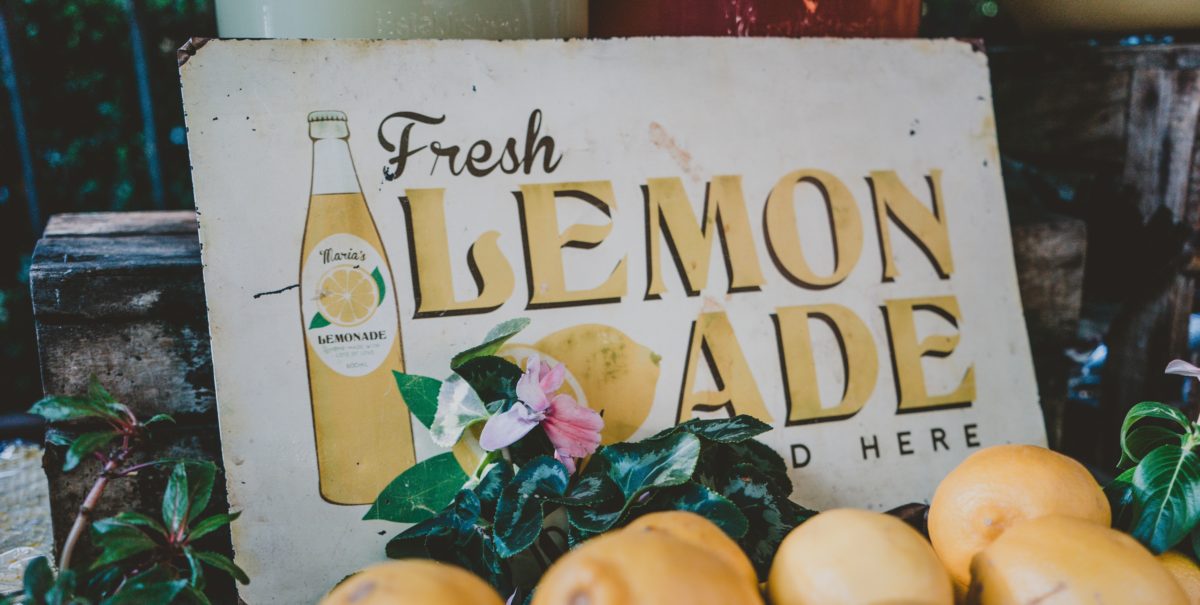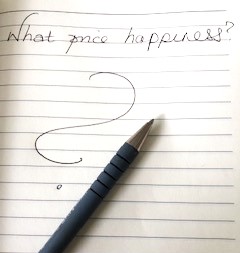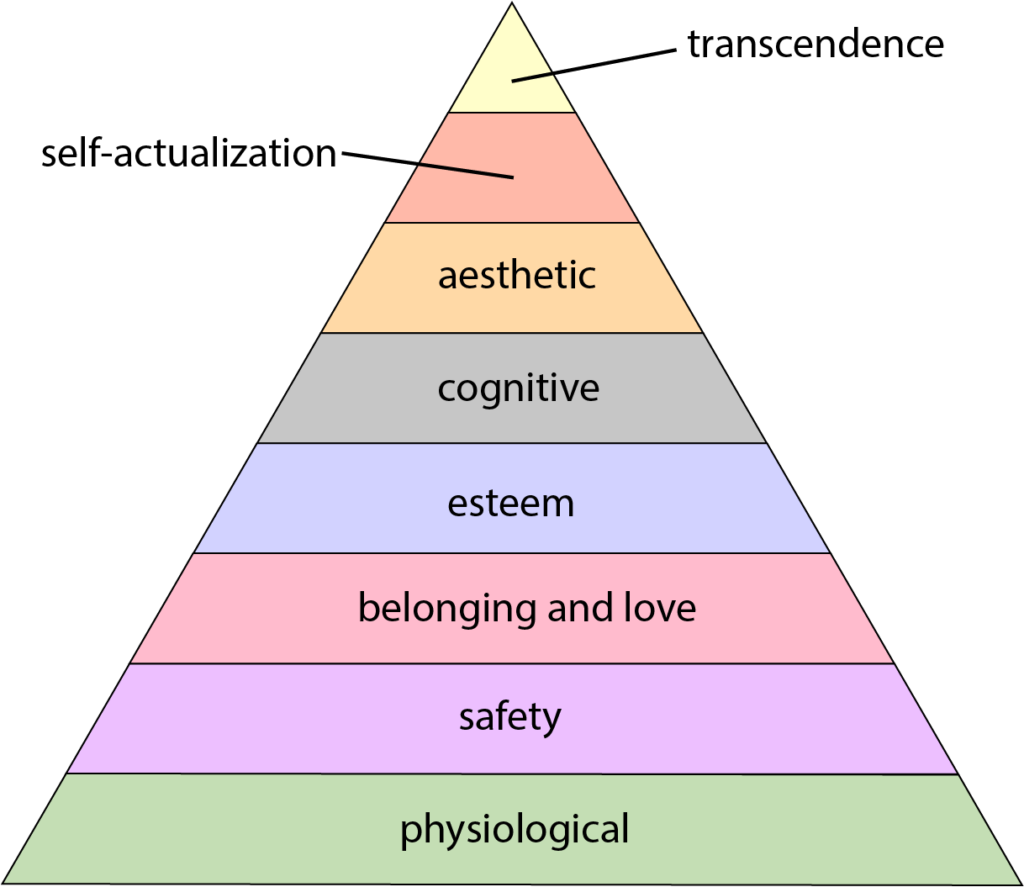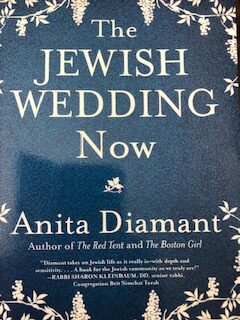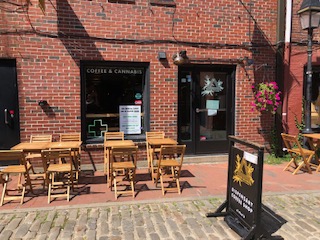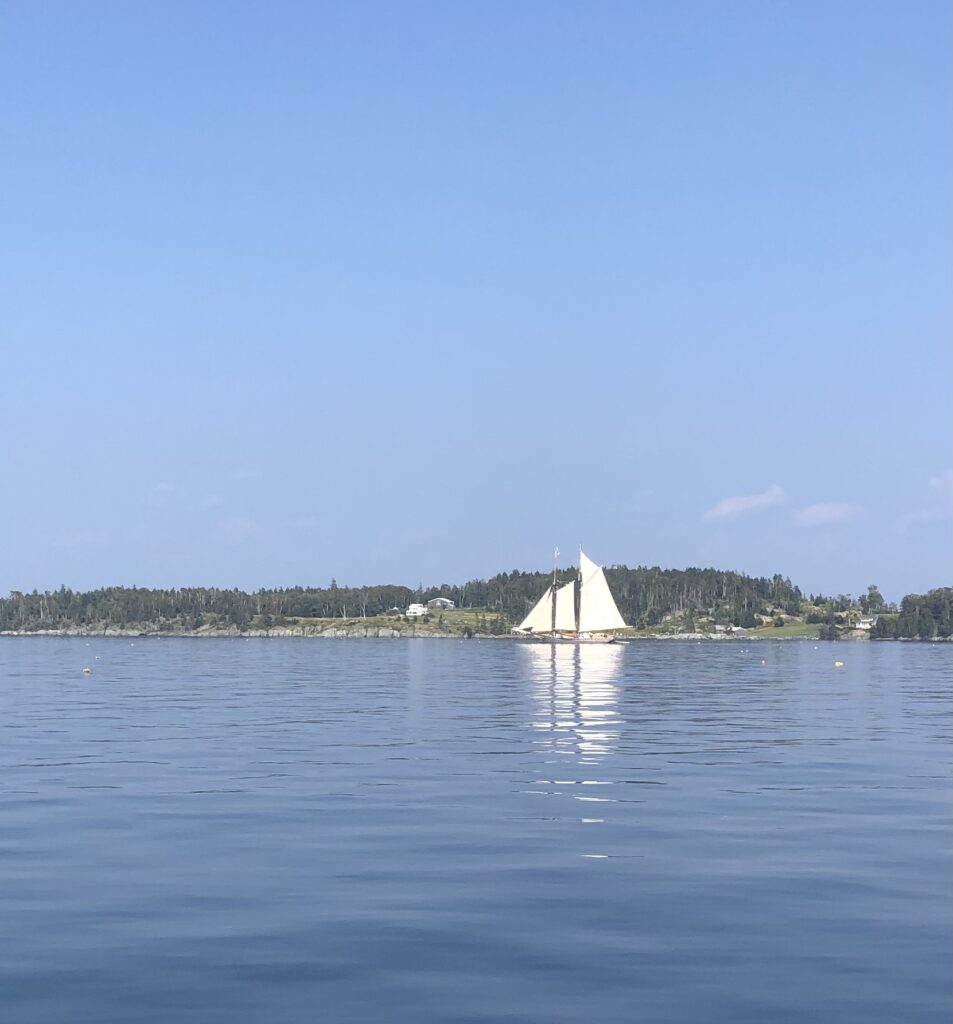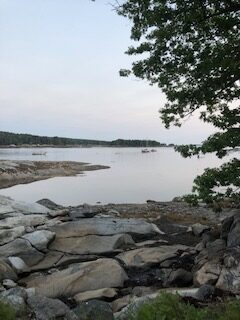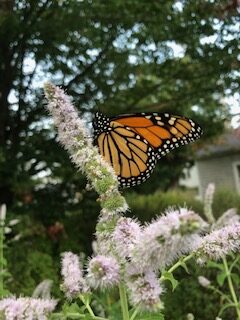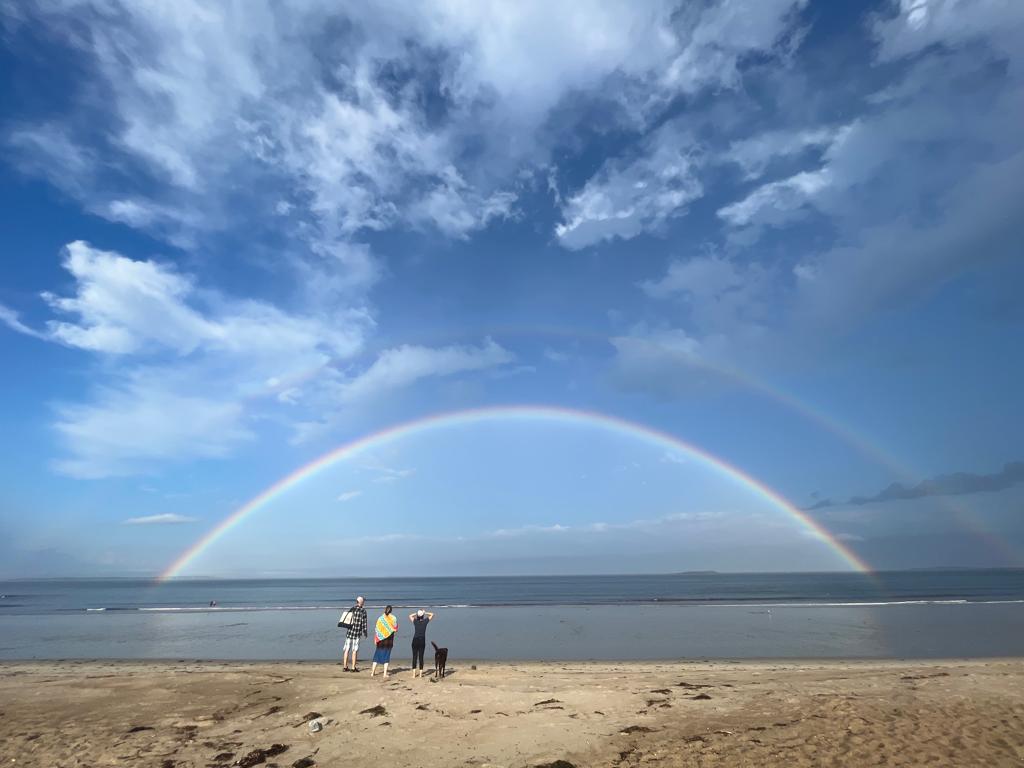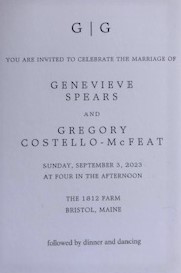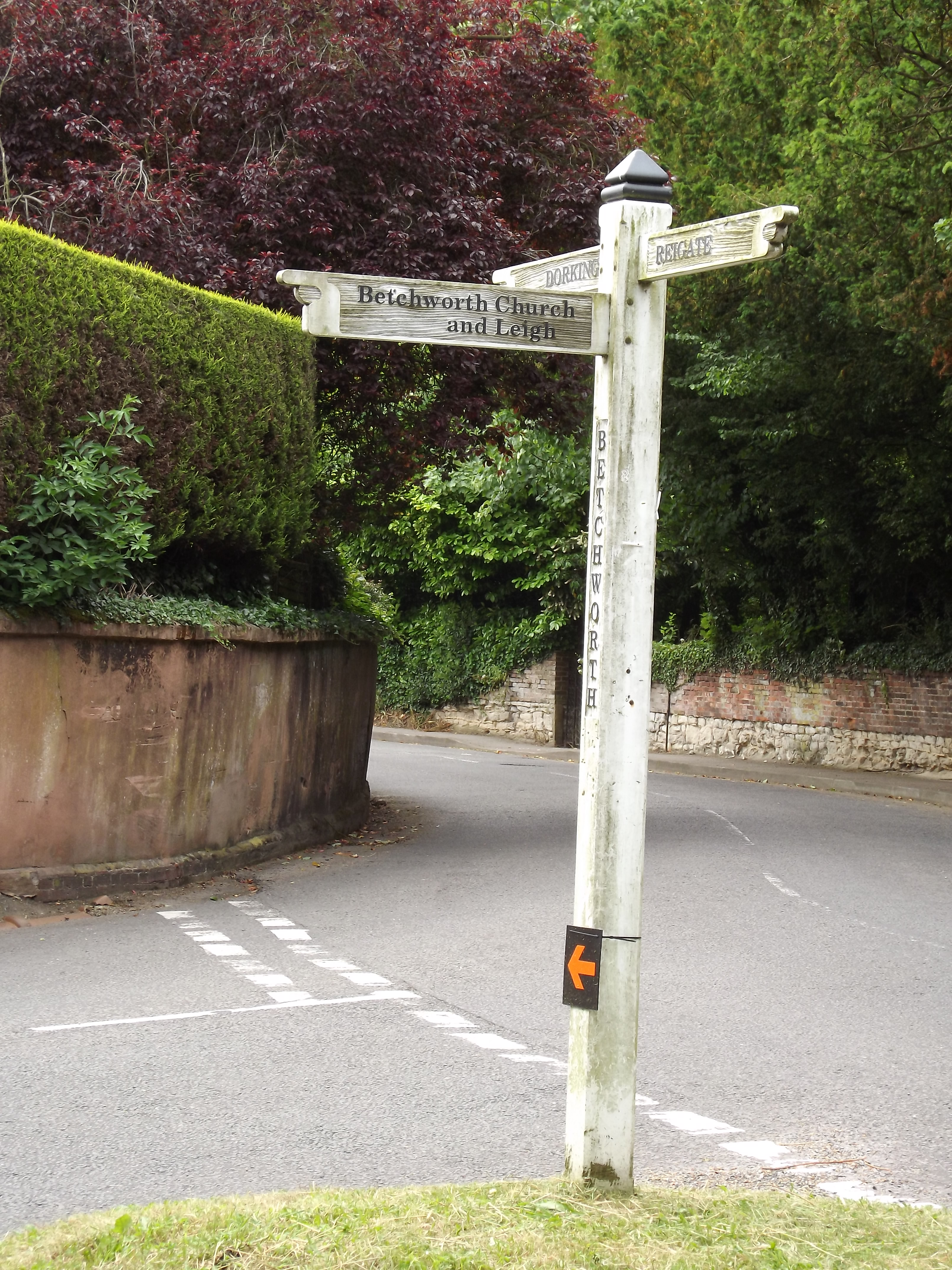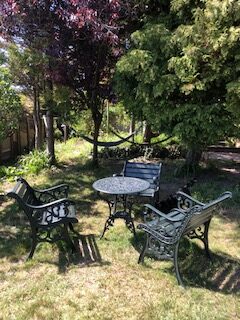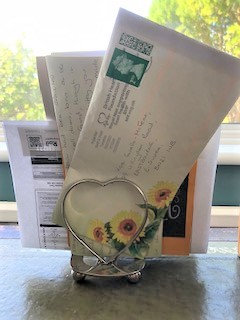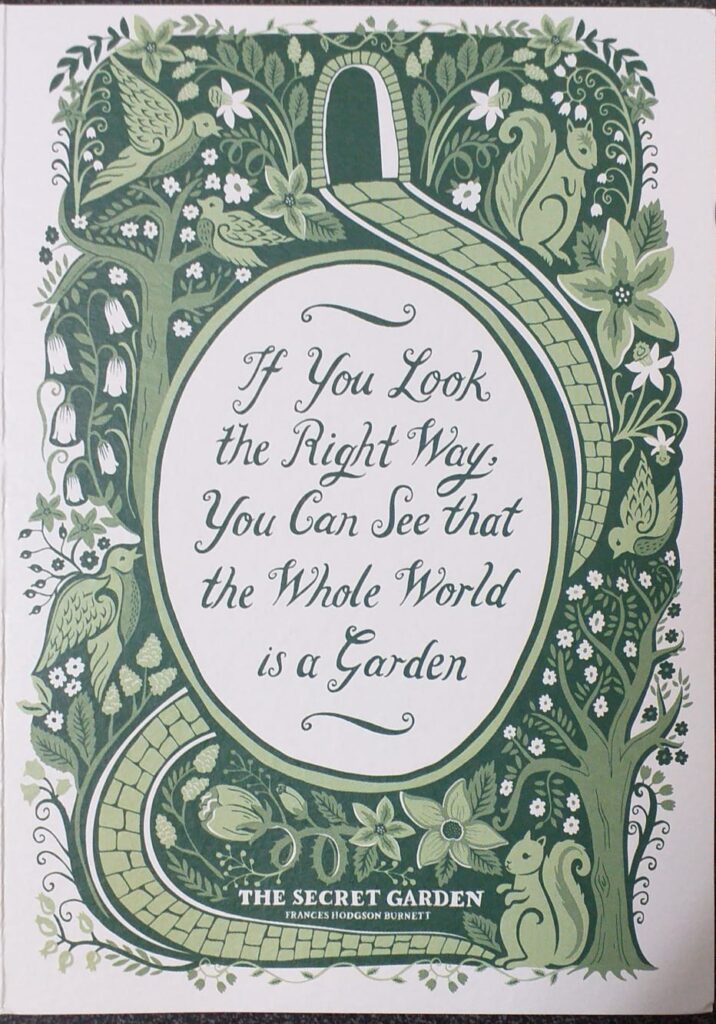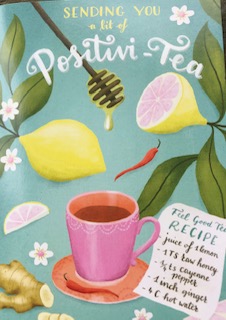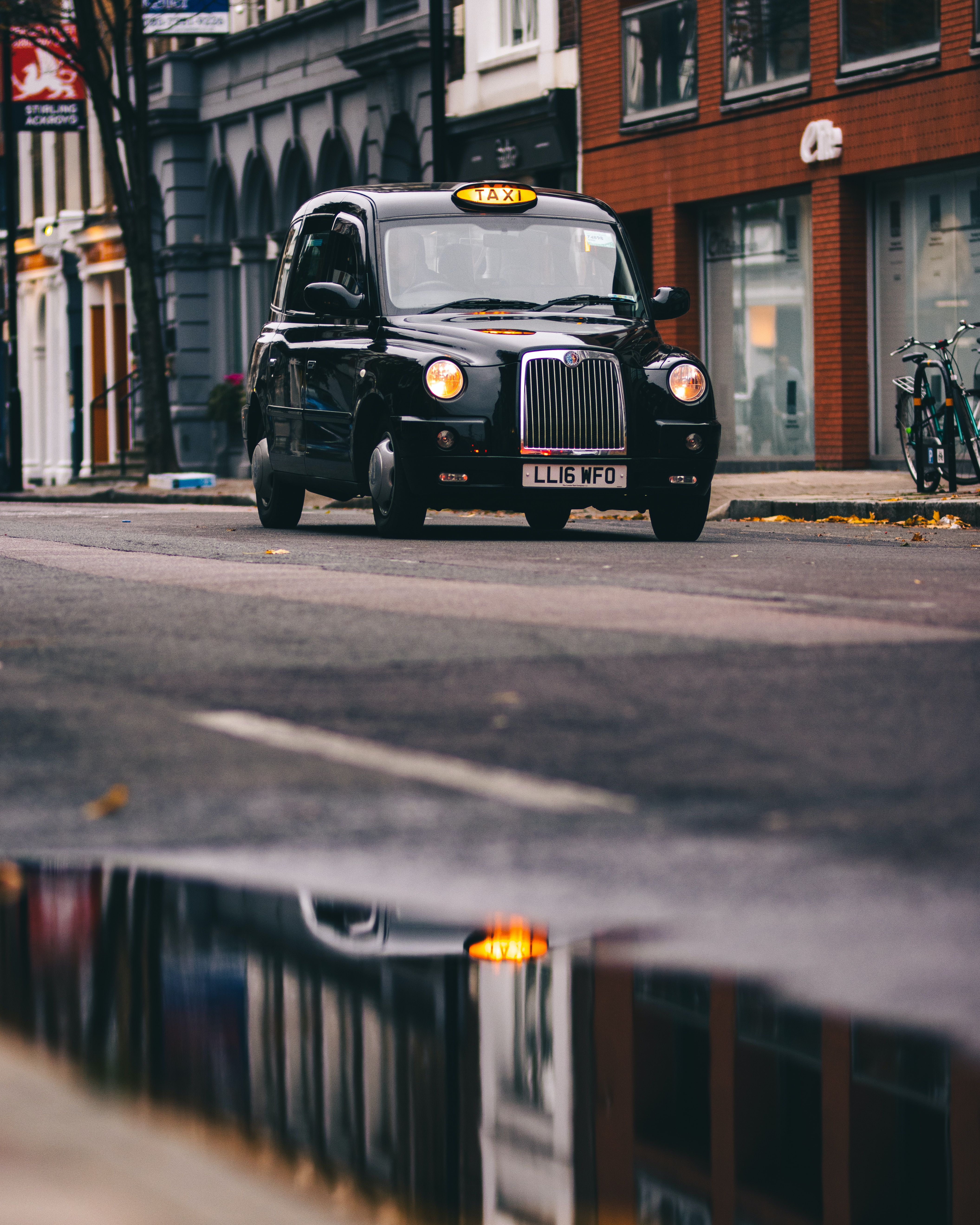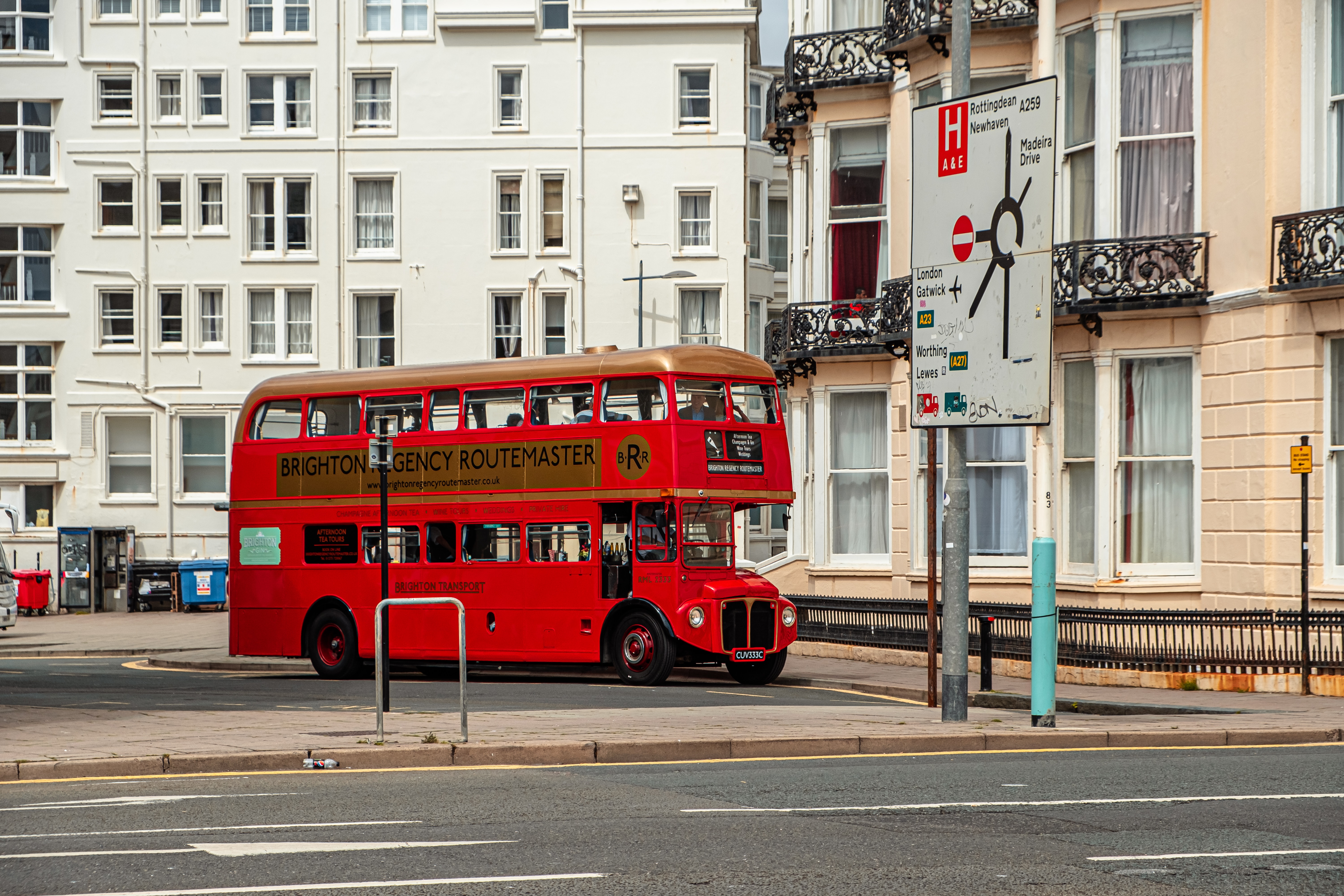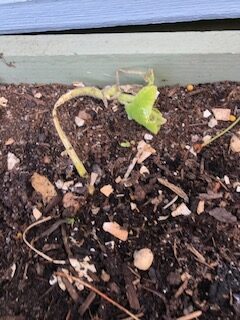There are few more thoughtful gifts than those you have grown. I love to receive preserves and flowers from others and love to give them too. With everyone my age having all they possibly need, a hand-made/hand grown gift allows us to show we care without burdening the receiver with more ‘stuff’. Here are some gifts from the garden that make me smile.
Preserves
This is the first year that I haven’t made any jams or preserves. Why? Because kind folks keep giving me theirs. Mariia’s mother sent us numerous jars of jam, honey and smoke dried fruits. Her strawberry jam was the best I’ve ever tasted and I’m looking forward to trying the rest. They are snuggled together in the cupboard and give that warm feeling of having the tastes of summer waiting for me when the nights and the cold draw in.
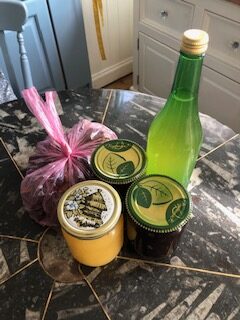
The bottle is apple juice from my friend’s orchard: more delicious than wine and one of my five a day.
Roses grow on you
This year, as I’m sure many of you have noticed, has been a bumper one for roses. Ours are onto their third or fourth flowering and, being old-fashioned varieties, have the most delicious fragrance.
Roses are versatile blooms. They almost always form the centre of my little flower arrangements and make delightful mini bouquets to take to friends.
They are also edible. And indeed drinkable.
One day, I decided to see if I could make rose gin. It was the easiest of gin infusions, requiring just one day of sitting in the sunshine and the rest of the day in the fridge. (You don’t even need the sunshine.)
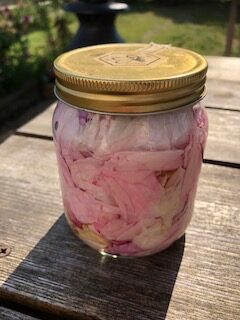
The next day, I filtered out the rose petals and voila – rose gin!
Mine has been in the cupboard for a while and I’ve just tasted it. A couple of months on the rose flavour has intensified, though I suspect a little has evaporated. Time to make more.

Image: Karen Costello-McFeat
And if you fancy making your own, here’s a great recipe https://thepresenttree.com/blogs/recipes/how-to-make-rose-infused-gin
For the best results, use old-fashioned roses with a strong scent and which have not been sprayed with any chemicals.
And finally, not content to throw any petals away – just yet – I took the ones that fell from my arrangements and set them aside to dry. They did this with no fuss at all and I collected them up in a pretty gauze bag. On Saturday, when I attend my god-daughter’s wedding, I shall have some completely organic confetti to throw.

Apples, plums and pears
It was not only my roses that thrived this year but all my fruit crops. We had an abundance of apples and visitors were encouraged to take a bag full when they left. Mariia and I prepared the remainder for the freezer and the promise of crumbles and pies later in the year.
I also tried to be a bit more adventurous and made vegan apple ice-cream with the few redcurrants the birds hadn’t eaten. It was easy to make using the Hugh Fearnley Whittingstall method of one large pot of vegan yogurt and cooked apple and redcurrants. Since I have an ice-cream maker, all I had to do was wait for it to firm up.


Our fairly young plum trees also outdid themselves this year. Each day, I would harvest a handful or two and serve them instead of biscuits to friends. If they really enjoyed them, I made up a small bag to take home.
And the pears? Well, I did have a bumper harvest and checked them each day to see if they were ready to pick. And each day they were a little too firm, so I waited, and waited. Alas, I waited too long. The resident squirrels were not so patient and scarfed every single one whether ripe or not. Perhaps they gave themselves indigestion (how such small creatures could eat so many still baffles me), but I hope that they enjoyed them nonetheless. Because gifts from the garden are to be shared – even with the wildlife
